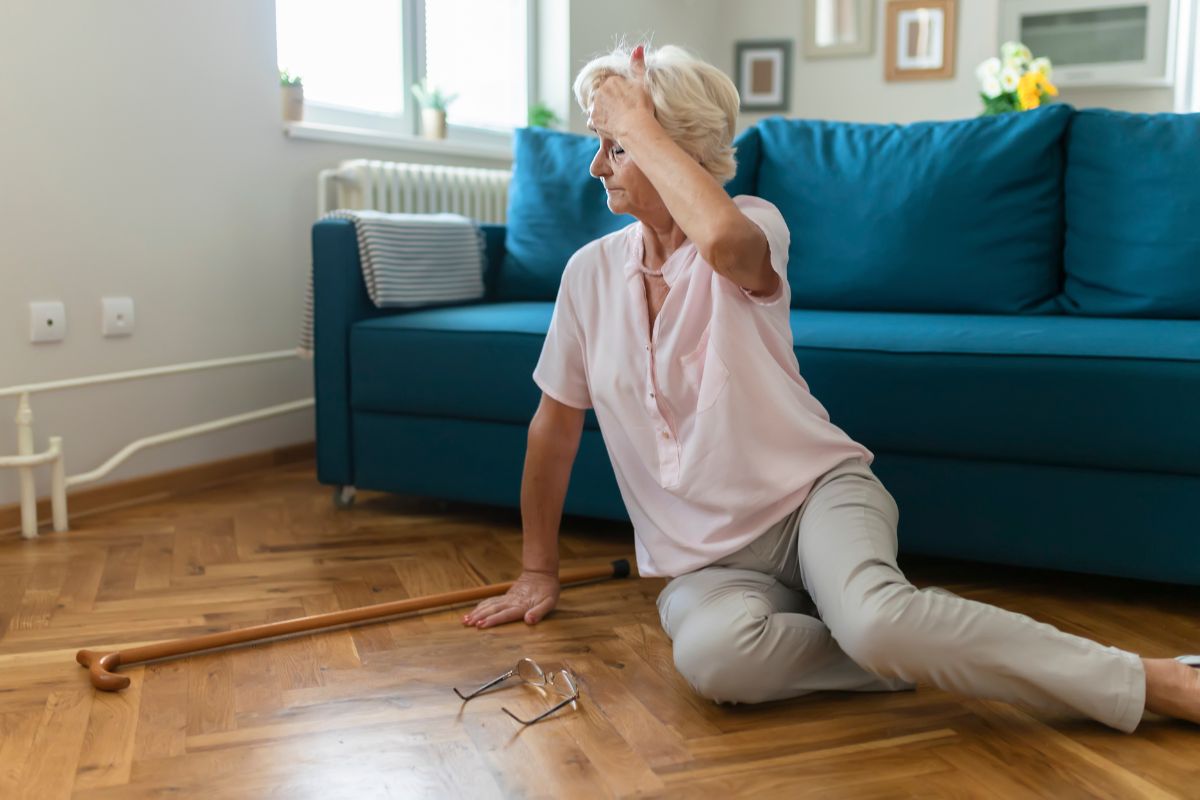Falls are a significant concern for seniors as they can lead to serious injuries and a decline in overall well-being. Understanding the risks associated with falls and implementing preventive measures is crucial for safeguarding the well-being of seniors.
In this blog post, we will explore the factors that contribute to fall risks in seniors and discuss practical strategies to prevent falls and promote their safety.
Physical Factors
Physical factors play a vital role in fall risks for seniors. Age-related changes, such as reduced muscle strength, impaired balance, and decreased flexibility, can increase the likelihood of falls. Chronic conditions like arthritis, osteoporosis, and vision or hearing impairments can further impact mobility and stability. It is important for seniors to be aware of these physical changes and take appropriate measures to address them, such as participating in regular exercise programs and receiving regular medical check-ups.
Environmental Hazards
Environmental hazards within the home can significantly contribute to fall risks. Cluttered walkways, loose rugs, uneven surfaces, and poor lighting are common culprits. Seniors should ensure their living spaces are well-maintained, free from obstacles, and adequately illuminated. Installing grab bars in bathrooms, using non-slip mats, and securing handrails along staircases can also reduce the risk of falls. Regular home safety assessments can help identify potential hazards and enable necessary modifications.
Medications and Dizziness
Certain medications can cause dizziness, drowsiness, or changes in blood pressure, increasing the risk of falls. Seniors should regularly review their medications with healthcare professionals to ensure they are appropriately prescribed and monitored. It is important to follow dosage instructions carefully and be aware of potential side effects. If dizziness or lightheadedness occurs, seniors should consult their healthcare provider promptly.
Footwear and Assistive Devices
Wearing proper footwear is essential in preventing falls. Seniors should opt for shoes that provide good support, have non-slip soles, and fit properly. Ill-fitting or worn-out footwear can increase the risk of trips and falls. Additionally, using assistive devices such as canes or walkers, when necessary, can enhance stability and reduce the likelihood of falls.
Regular Exercise and Balance Training
Engaging in regular exercise and balance training programs can significantly improve strength, flexibility, and balance, reducing the risk of falls. Activities like tai chi, yoga, and strength training exercises specifically designed for seniors can enhance overall stability and coordination.
Preventing falls among seniors requires a multifaceted approach that addresses physical factors, environmental hazards, medication management, footwear choices, and regular exercise. By understanding the risks associated with falls and implementing preventive measures, we can safeguard the well-being of seniors and promote their safety. Empowering seniors with knowledge and creating safe living environments are key steps in reducing fall risks and allowing seniors to maintain their independence and quality of life.






